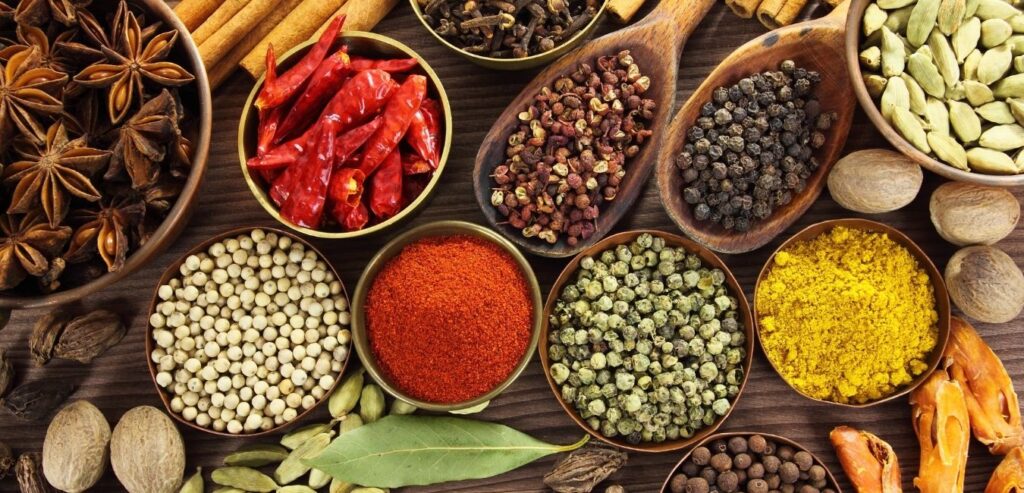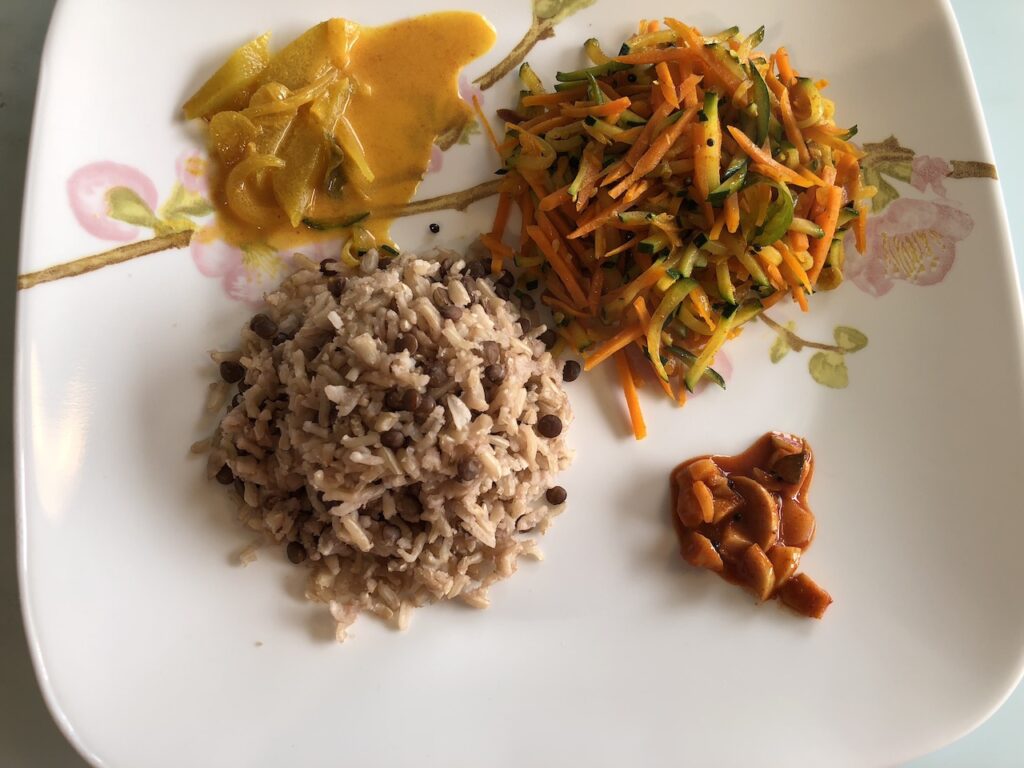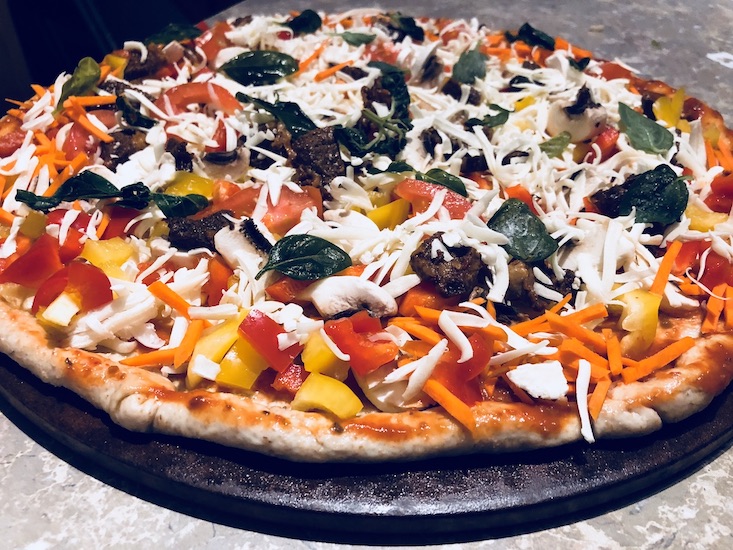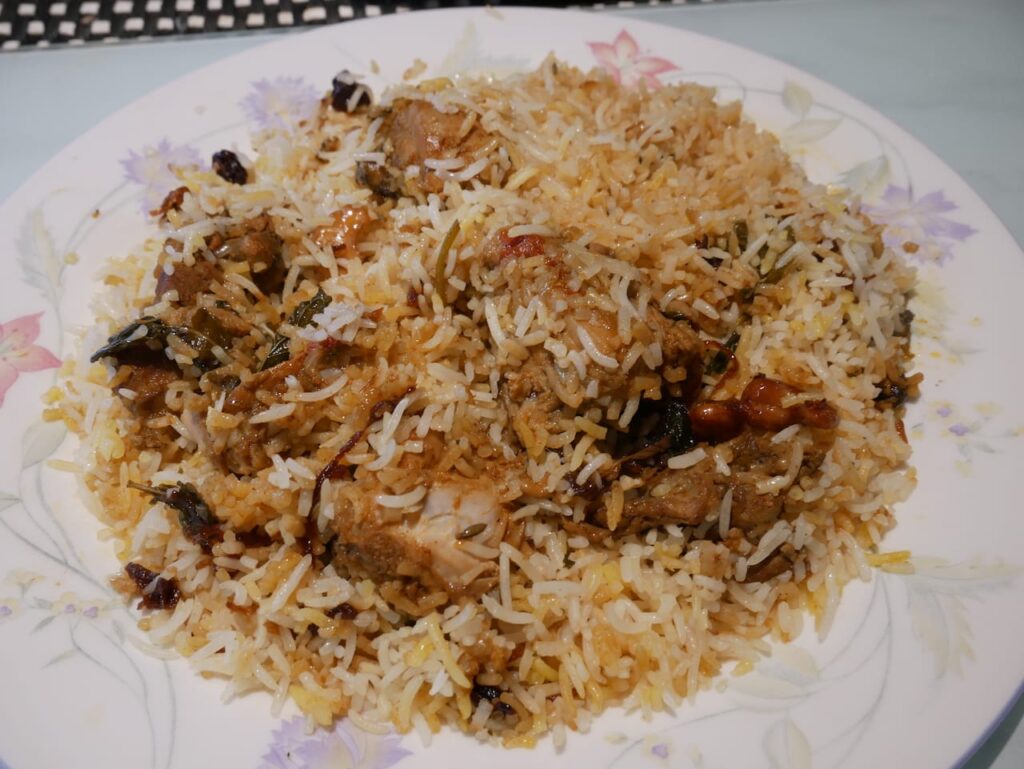Most Essential Indian Spices and Herbs – How To Stock Pantry for Indian Cooking
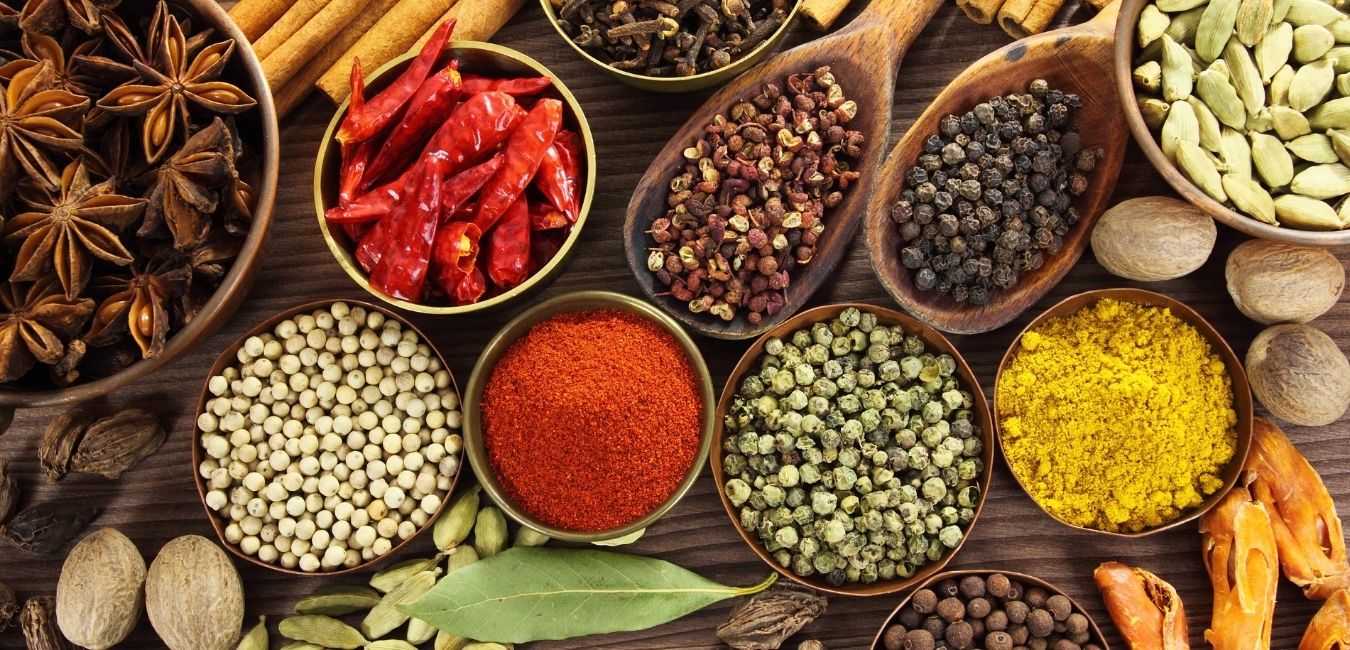
Spices can turn any dish into a tasty meal and bring even the most basic ingredients to life. If you like to know what spices to use for Indian cooking I hope this list helps you to get started.
There are almost 50 plus different spices in India but some of those are only used in specific regions. We’ve compiled a list of 25 key spices that may be found in almost all Indian dishes, spanning centuries of culinary traditions from across the regions.
The top 25 spices used in Indian cookery are listed below. Getting to know these spices is a terrific way to start learning more about Indian Cooking.
Top Indian Spices and How to use them
Cumin Seeds (Jira)
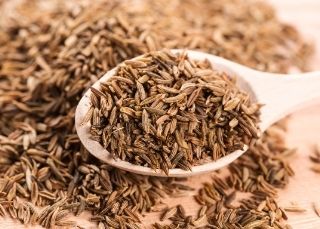
Cumin seeds and cumin powder is an essential item in Indian cooking that may be found in a variety of Indian dishes and it adds nutty, toasty flavors and depth to a variety of foods. They’re also widely available at regular grocery stores and very cheap.
They are generally used whole, fried in oil at the beginning of a dish, this process is called Tempering or Taarka. Roasted and ground cumin can be used later in the cooking process. Cumin gives soups, daals, and curries an earthy flavor and substance.
Cumin seeds will brown quickly at a higher heat, in around 15 seconds. You’ll know they’re done when they start to pop and make sure they don’t burn. Ground cumin is one of the main ingredients in North Indian Garam Masala. Cumin is a savory spice that is pungent and nutty. It is great in marinades for meat and fish.
Turmeric (Haldi)
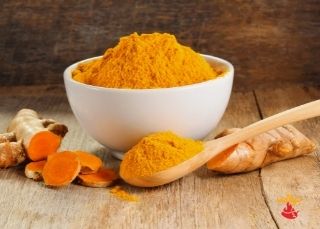
Turmeric is very bright and vibrant and is used in almost all Indian curries. Turmeric has long been thought to have various health advantages in addition to its color and taste functions. A teaspoon is usually all that is needed to flavor and color a dish for most standard recipes. Turmeric is a mild spice, it has more smell than an actual taste.
Coriander (Dhaniya)
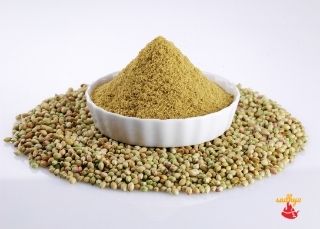
Coriander powder is another must-have to get started making Indian food. It’s used in a variety of dishes to offer a flavor that’s both pleasant and delicate. If you have a coffee/spice grinder, get whole coriander seeds instead of ground coriander seeds to ensure maximum freshness. Then dry-roast and powder the mixture yourself.
Coriander is the seed of the cilantro plant and it has a lemony citrus flavor with some leafy, woody undertones, and the best way to use coriander seeds is to grind them into powder before adding them to sauces. Roasted Coriander Seeds are also often used in Indian cooking.
Mustard Seed (Rai)
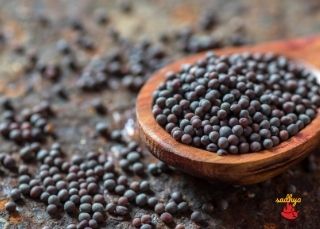
Mustard seeds are aromatic and pungent, and they’re used in a variety of dishes. Mustard seeds are typically roasted in oil until they splutter and then used as a tempering agent in recipes. Choose black mustard seeds over yellow mustard seeds, which are more common in Western cuisine. They have a horseradish-like bite. They’re not spicy, but they have a nice zing to them. It is widely available in the spice aisle of regular supermarkets, Indian grocery stores, and online.
Black Pepper (kala mari)

This is the spice that must-have. Try to buy whole and grind yourself so you get the freshest flavor.
Green Cardamom (Elayachi)
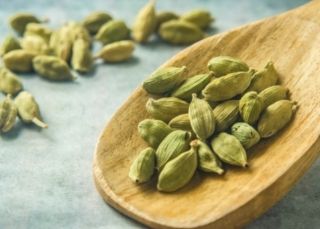
Green cardamom/Elaichi is a sweet and aromatic spice that is essential for Indian delicacies as well as curries, rice dishes, puddings, and pulao. When using the entire pod, make sure to remove it before eating the meal. Discard the outer pod and crush the seeds into a coarse powder in a mortar and pestle for desserts. We always keep the cardamom as a whole and crush them when needed.
It’s deliciously cooked in hot oil at the start of an Indian dish. You only need three to six entire cardamom pods in most of the standard recipes. Recipe with cardamom: Kerala Style Chicken Curry
Cinnamon Stick (Dalchini)
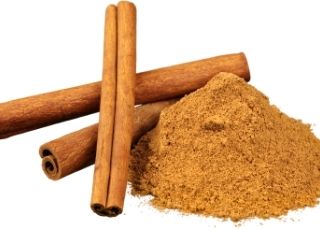
Cinnamon is considered a sweet spice. When you roll the cinnamon in your hand it should smell really nice. It is used in meat dishes, biryani, etc.
Nutmeg
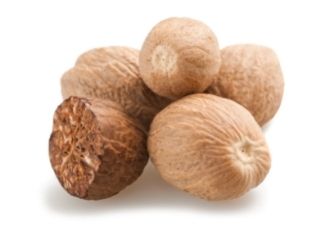
Nutmeg is warm and spicy. It has a unique flavor.
Garam Masala
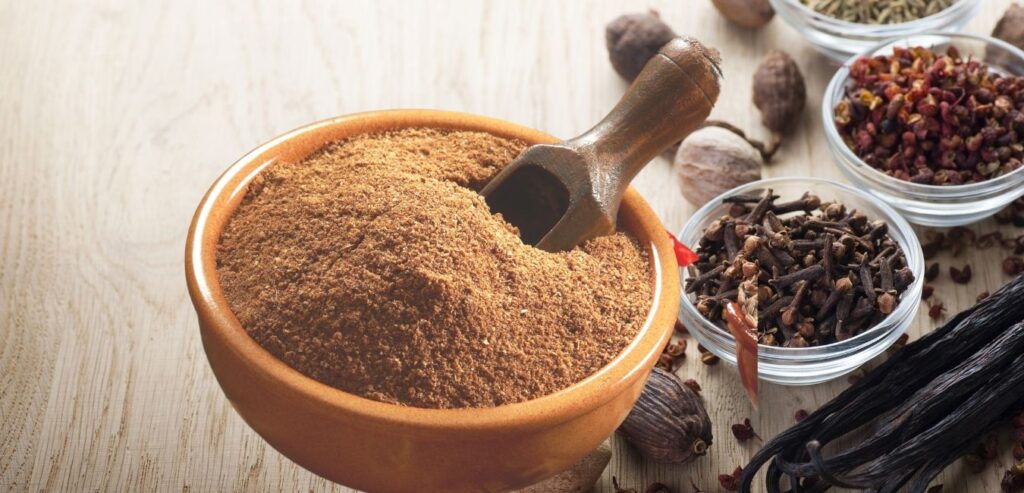
A well-known Indian spice blend that has been quite popular in recent years. It’s sold in the spice section of most supermarkets and isn’t much more expensive than other spices.
Garam masala is a general word for a spice blend. Garam masala is made out of a variety of aromatic spices such as peppercorns, cinnamon, cardamom, cumin, coriander, cloves, bay leaves, and so on. Garam masala is typically used near the end of the cooking process to impart a burst of scent and flavor to the food.
Check out our article on how to make garam masala at home.
Kashmiri red Chili Powder
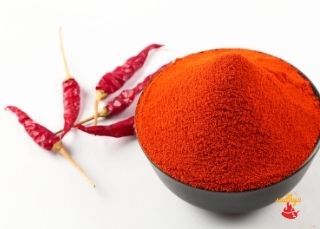
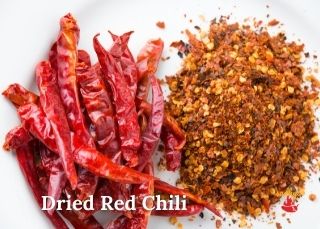
Although there are many different types of dry red chilies used in Indian cooking, I prefer the mild Kashmiri red chile, both whole, and ground, because it has a bright red color and a smokey flavor. When using other chiles in place of Kashmiri red chilies, keep the heat level in mind.
Kashmiri chili powder is made using milder dried chilies (these chilies are deep red in color and have wrinkled skin) and are quite mild. Instantly turns any meal into a bright red color with a touch of heat. it’s quite common in Indian cooking. You can soak these chilies in water and make your own chili paste. You can also use red chili flakes if you like spicy.
Cilantro
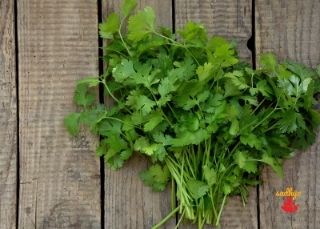
Cilantro is a fantastic “must use” herb with its bright green color and lemony refreshing flavor that brightens up the appearance and flavor of any dish. It goes especially well with rich, deep-flavored dals and meat dishes.
Black Cardamom (Kali Elachi)
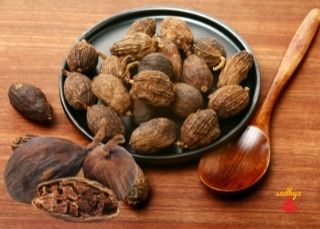
Black Cardamom is a large brown pod with strongly scented seeds native to the Eastern Himalayan highlands. Unlike green pods, this cardamom is not commonly used in desserts or sweet foods. It’s a common ingredient in African, Indian, and Middle Eastern cuisine. It has a distinct smoky flavor and is commonly found in Indian Biryani, Curries, Basmati rice, and stews. Because of its strong aroma, black cardamom should be used sparingly.
The main distinction is that they are dried over a fire before being used in cooking, giving them a blackened and smoky flavor.
Ginger
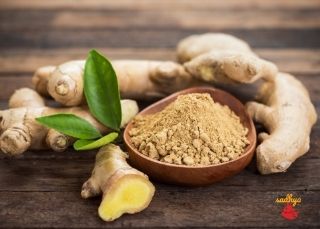
Ginger is the most important Indian spice used in almost all curries. Based on the recipes, it may call for ginger powder, ginger garlic paste, and fresh ginger. Make sure to peel the ginger.
Ginger/garlic paste is used in almost all Indian recipes and here is the recipe for making ginger/garlic paste at home. If you don’t have ginger garlic paste, chop a 1-2 inch length of raw ginger, grated or minced, and add it to your garlic once it’s been cooked.
Garlic
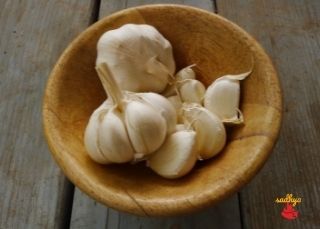
If you want a softer flavor, add it when you first start frying the onions, or if you want a stronger flavor, add it after the onions have softened, giving the garlic less time to cook.
Asafoetida
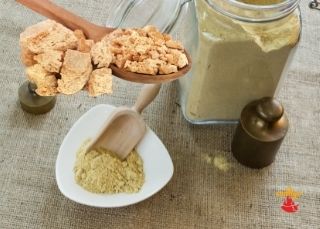
This traditional Indian cooking ingredient is also known as hing. It has a unique flavor that is slightly bitter. Recipe with Asafoetida: Kerala Style Sambar
Carrom Seeds (Ajwain)
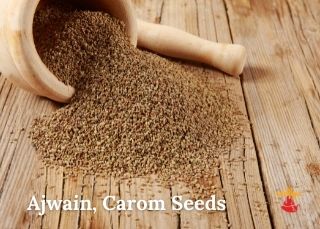
Carom seeds have a strong flavor so it is used in small quantities and almost always cooked. Spice is frequently used in Indian cooking as part of the tadka. Tadka, or tempering, is a cooking procedure in which entire spices are put into hot oil or butter (usually ghee) and fried. This oil and spice mixture is then added to curries as a finishing touch or garnish.
Cloves
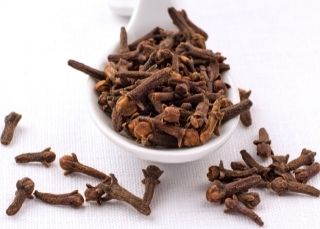
Clove is a common spice in Indian cooking. The high concentration of essential oils in clove gives it a pungent, unique flavor. Cloves are actually flowers, and they are pressed for their oils before being dried and used in cooking. Cloves can be used whole or combined with other spices in spice blends. You only need very few since it has a strong flavor. Recipe with clove: Kerala Style Biryani
Fenugreek Seeds (Methi)
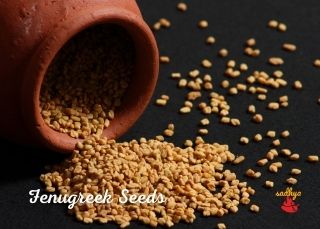
This aromatic plant is recognized for its pleasantly bitter, slightly sweet seeds. Whole and crushed fenugreek seeds are used to flavor a variety of Indian dishes, including curry powders, spice blends, and teas.
Fennel Seeds

Fennel seeds look very similar to cumin seeds but the taste is different. It is often used in biryani, and rice pilaf.
Indian Bay Leaves (Tej Patta)
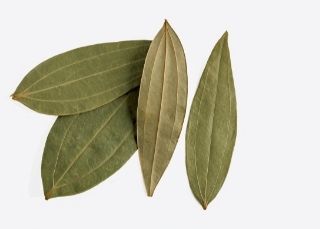
The leaves of Indian bay are larger, olive green in color, and have three veins along the length of the leaf. It has a flavor similar to cloves and cinnamon. They are a key ingredient in the aromatic Moghul or Mughlai cuisine and are one of the most often used spices in North Indian cooking. They are also often added to Garam masala.
Saffron (kesar)

These sweet strands infuse distinctive aroma, delicate flavor, and lovely yellow color in rice dishes and puddings.
Amchoor (Dry Mango Powder)
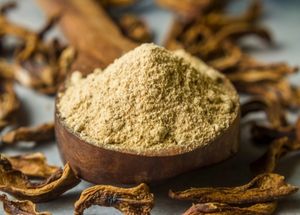
Amchoor is a tangy, citrusy, light gold-colored spice extensively used in North Indian cuisines like pakoras, samosas, and chutneys. It is made from unripe mangoes that are harvested early and dried to make Amchoor Powder. When mangoes are out of season, this powder is a great way to enjoy their flavor and nutritional advantages.
Curry Leaves
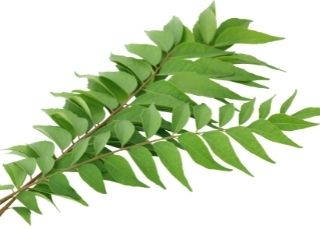
Curry leaves are mostly used in south Indian cooking. It gives a distinctive flavour to dishes.
Here are a few simple delicious recipes that you can start with:
what are some of your favorite simple spice dishes? do you have any other Indian spices that you think should be in every Indian kitchen? in the comments below, let me know what you think!
Common Questions
What is the difference between Spices vs Herbs?
Spices are mostly from seeds, dried roots, the fruit of a plant, bark, etc. Herbs on the other hand are from leafy parts of the plant. You can herbs as fresh or dried. Coriander and Cilantro are part of the same plant but coriander is a spice and Cilantro is considered an herb.
How To Toast Whole Spices?
Heat a pan over medium heat and toast spices for 2-3 minutes or until it starts to release the aroma. When you lightly toast the spices before you grind you get the most pungency and flavor.
Is Indian food spicy?
Indian food does not have to be spicy. There are simply a lot of spices in many Indian recipes. Most people are intimidated by Indian spices, however, this isn’t necessary. It’s an excellent way to flavor your dish without adding too much fat.
What is Spice Dhaba/Masala Box/Kajabi that most Indian household has?
We keep the spices that are most often used in daily cooking in a Masala Box so it is easy to take them out. There is a number of small compartments in the Masala Dhaba. You can keep whatever spices that you use in your daily cooking. It should have a tight cover. It is available in most Indian grocery stores or on amazon.
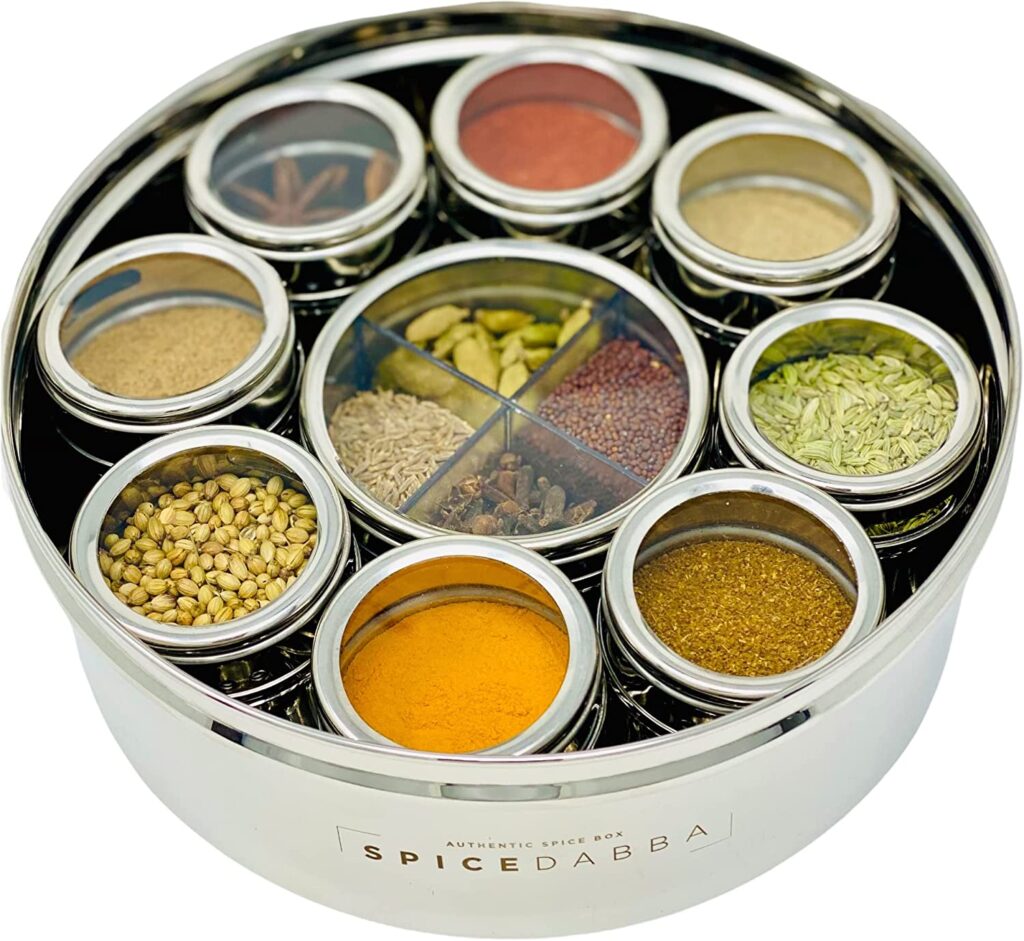
What are the common spices in Masala Dubba?
- Coriander seeds/powder
- Chili powder/flakes
- Turmeric powder
- Cumin seeds/powder
- Mustard seeds
- Fenugreek seeds/Fenugreek leaves
- Fennel seeds
- carom seeds
What are the whole spices in the Masala box?
- Cloves
- Cinnamon
- Cardamom
- Indian Bay leaves
- Whole Red chilies
- Nutmeg
- Black Pepper
- Saffron
Where should you buy spices?
Try to buy spices from stores that have a good turnover and reputable suppliers. You want to get spices that are fresh without artificial dyes. Make sure to check the date. While spices don’t go bad, they do lose a lot of their strength and richness of taste the longer they lay around, so we recommend buying small quantities, using them immediately, and then getting more.
How To Store Spices Properly?
Spices lose their natural oils quickly once crushed, so if you want your spices to last as long as possible, buy them whole.
When you buy spices try to buy whole spices, then you can dry roast and grind them when needed. When you dry roast it releases the essential oils. Whole spices are going to taste fresher and can be stored longer.
If you store your spices properly in an airtight container it will protect the spices from exposure to heat and oxygen so that they stay longer. Make sure to label them otherwise you may forget what the spice is.
Can you store spices in the Fridge or Freezer?
Spices are best kept at room temperature, away from heat, direct sunshine, humidity, or locations where temperatures change frequently. While the expert claims that bulk spices can be stored in the freezer, there are some restrictions. If spices are not completely vacuum-sealed, they can go stale or lose flavor faster in the freezer.
Any frozen air trapped with them can cause the spices to lose their tasty, aromatic oils. When you take a teaspoon out of the freezer on a regular basis, it goes through a cycle of freezing and thawing, which can lead to moisture and caking.
As per experts, spices should not store in the fridge. Fridge humidity is simply too high and spices that are kept in the refrigerator are more prone to caking and staling. Also, they are susceptible to mold in these settings.
How do you ground Spices?
The best option is to buy inexpensive pepper grinders and add the whole spices that you most often use. These grinders are not for just peppers you can add other spices like cumin.
Here are a couple of options to check.
- Trudeau Seville Pepper Mill, 6-Inch
- Peugeot 23485 Paris u’Select 9-Inch Pepper Mill, Chocolate, 9 Inch
You can also use Spice Grinders.
- Secura Electric Coffee Grinder and Spice Grinder
- KitchenAid Blade Coffee and Spice Grinder Combo Pack

